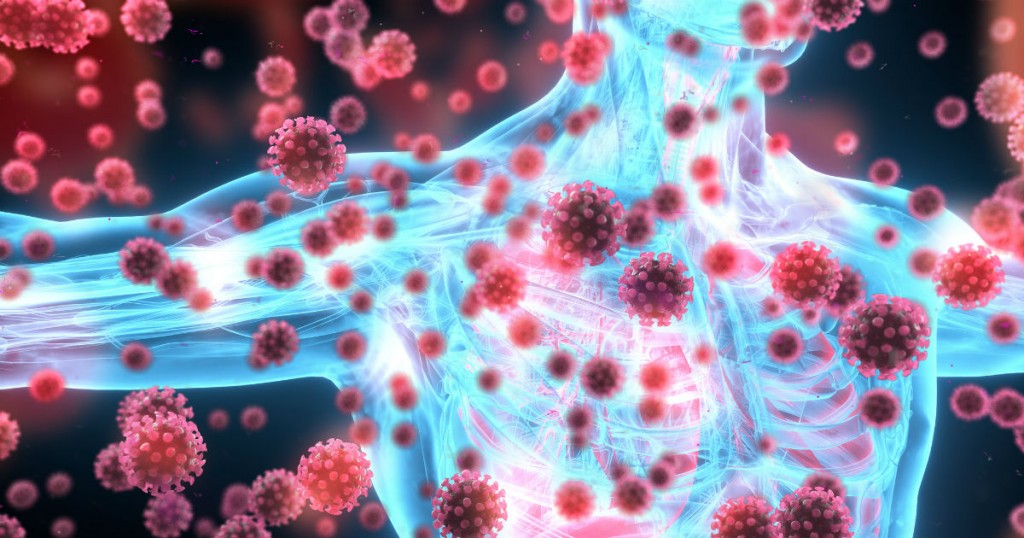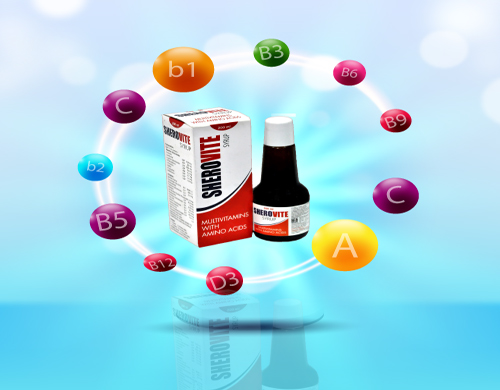Your immune system defends the body from infection. It is made up of a complex network of cells, tissues and organs in your body. An underactive or overactive immune system can cause health issues.
The main parts of the immune system are:
- White blood cells
- Antibodies
- Complement system
- Lymphatic system
- Spleen
- Bone marrow
- Thymus.
White blood cells (WBCs), also called leukocytes or leucocytes, are the cells of the immune system that are involved in protecting the body against both infectious disease and foreign invaders.
Antibodies are specialized, Y-shaped proteins that bind like a lock-and-key to the body’s foreign invaders — whether they are viruses, bacteria, fungi or parasites.
Complement system is made up of a large number of distinct plasma proteins that react with one another to opsonize pathogens and induce a series of inflammatory responses that help to fight infection. A number of complement proteins are proteases that are themselves activated by proteolytic cleavage.
Lymphatic system is a collection of organs involved in the production, maturation, and harboring of white blood cells called lymphocytes. It also includes a network of vessels that transport or filter the fluid known as lymph in which lymphocytes circulate. The figure below shows major lymphatic vessels and other structures that make up the lymphatic system. Besides the tonsils, organs of the lymphatic system include the thymus, the spleen, and hundreds of lymph nodes that are distributed along the lymphatic vessels.
The Spleen main function is to act as a filter for the blood. It recognizes and removes old, malformed, or damaged red blood cells. When blood flows into the spleen, the spleen performs “quality control”; the red blood cells must pass through a maze of narrow passages. Healthy blood cells simply pass through the spleen and continue to circulate throughout the bloodstream. Blood cells that can’t pass the test will be broken down in the spleen by macrophages. Macrophages are large white blood cells that specialize in destroying these unhealthy red blood cells.
Bone marrow is the spongy tissue inside some of your bones, such as your hip and thigh bones. It contains stem cells. The stem cells can develop into the red blood cells that carry oxygen through your body, the white blood cells that fight infections, and the platelets that help with blood clotting.
The thymus is a specialized primary lymphoid organ of the immune system. Within the thymus, Thymus cell lymphocytes or T cells mature. … The thymus is located in the upper front part of the chest, in the anterior superior mediastinum, behind the sternum, and in front of the heart.
The body’s other defenses against microbes
As well as the immune system, the body has several other ways to defend itself against microbes, including:
- Skin – a waterproof barrier that secretes oil with bacteria-killing properties
- Lungs – mucous in the lungs (phlegm) traps foreign particles, and small hairs (cilia) wave the mucous upwards so it can be coughed out
- Digestive tract – the mucous lining contains antibodies, and the acid in the stomach can kill most microbes
- Other defenses – body fluids like skin oil, saliva and tears contain anti-bacterial enzymes that help reduce the risk of infection. The constant flushing of the urinary tract and the bowel also helps.






9 Comments
frolep rotrem
Everything is very open and very clear explanation of issues. was truly information. Your website is very useful. Thanks for sharing.
[BIO HEAL BOH] Panthenol Cica Blemish Toner 250ml
This website certainly has all of the information and facts I needed concerning this subject and didn’t know who to ask.
pet preform making machine
I have noticed that over the course of creating a relationship with real estate entrepreneurs, you’ll be able to come to understand that, in every real estate contract, a commission rate is paid. In the long run, FSBO sellers don’t “save” the commission. Rather, they struggle to win the commission by means of doing a agent’s occupation. In this, they devote their money plus time to carry out, as best they could, the duties of an agent. Those jobs include exposing the home via marketing, showing the home to willing buyers, building a sense of buyer emergency in order to make prompt an offer, scheduling home inspections, controlling qualification investigations with the loan provider, supervising maintenance tasks, and assisting the closing.
musique électronique
I used to be able to find good advice from your blog posts.
how do you get iptv for free
You are so awesome! I do not believe I’ve truly read a single thing like this before. So good to discover someone with some original thoughts on this subject matter. Seriously.. thank you for starting this up. This site is something that is needed on the internet, someone with some originality.
relaxing music
I must thank you for the efforts you’ve put in writing this website. I’m hoping to see the same high-grade content by you later on as well. In truth, your creative writing abilities has encouraged me to get my own website now 😉
Casino
There are some attention-grabbing time limits in this article however I don?t know if I see all of them middle to heart. There may be some validity but I’ll take hold opinion till I look into it further. Good article , thanks and we would like more! Added to FeedBurner as well
porno abg
I feel this is one of the most significant information for me. And i’m glad reading your article. But want to commentary on some common things, The website style is great, the articles is truly excellent : D. Just right job, cheers
Casino
Thanks for this wonderful article. One more thing to mention is that a lot of digital cameras can come equipped with any zoom lens that allows more or less of the scene to be included by ‘zooming’ in and out. Most of these changes in {focus|focusing|concentration|target|the a**** length will be reflected from the viewfinder and on massive display screen right on the back of the exact camera.